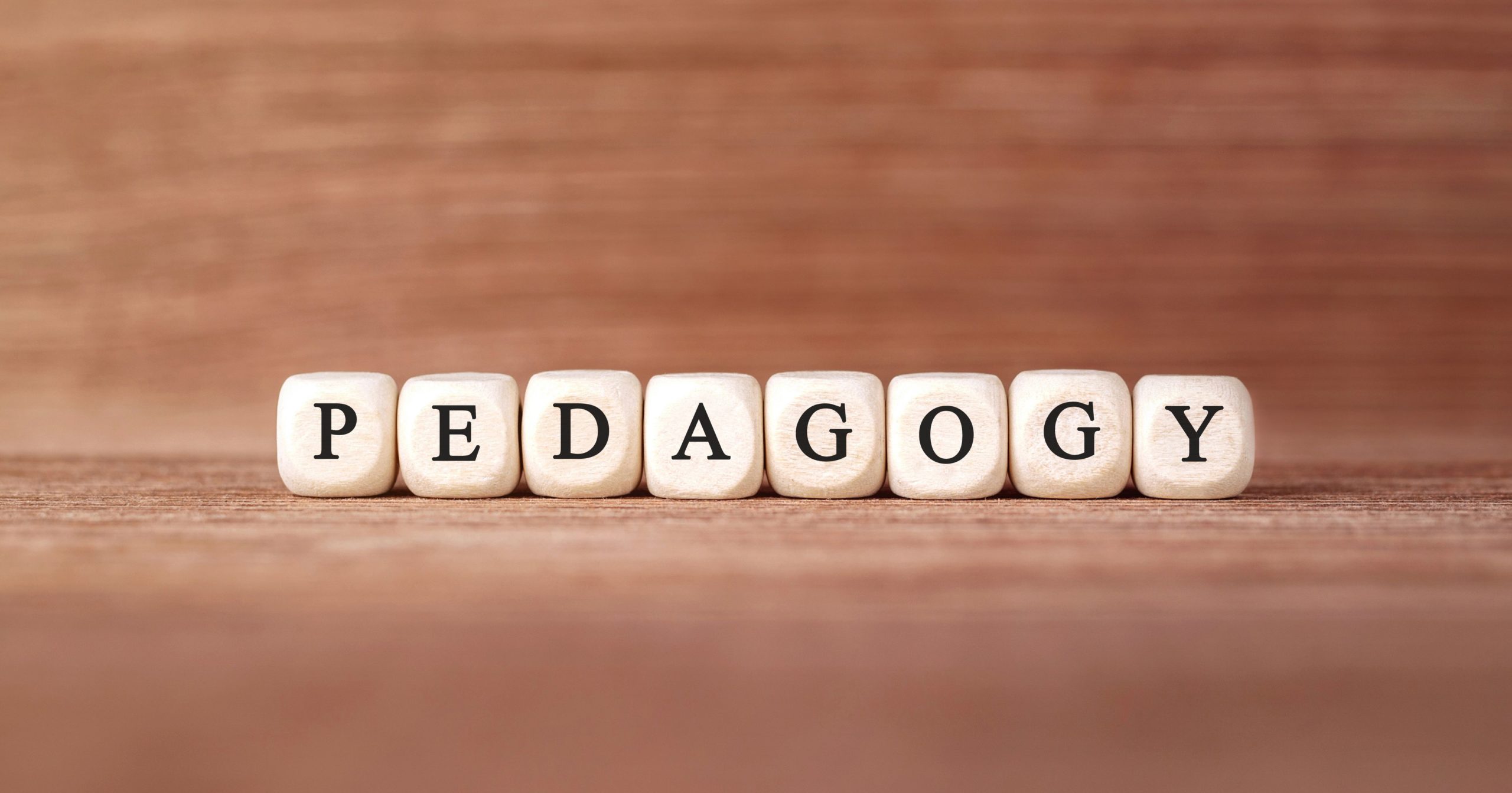Friedrich Froebel
Froebel is credited with inventing the concept of kindergarten and being an important figure in early childhood education. He also has a theory about play and learning. Froebel believed that play is the principal means of learning in early childhood.
He thought that through play, children construct their understanding of the world through direct experience with it. This theory is still championed by The Froebel Trust today. They advocate for children’s play, believing that it helps children to see how they connect with nature and the world around them. It’s easy to see how this theory holds up when you observe young children at play. They are constantly exploring and trying new things, which leads to new understanding and knowledge. So next time your child is playing, remember that they are actually learning too!
Dr. Maria Montessori
Montessori, an Italian physician and educator, developed a unique approach to education that is now practised all over the world. She claimed that her philosophy was based on scientific observations, and she observed that education begins from birth. She also observed that children experience periods of special sensitivity during which they are eager to learn. The Montessori classroom accommodates children of mixed ages and is designed to meet children’s needs at periods when they are most interested and motivated. The approach aims to harness children’s natural ability to learn and offers concrete experiences and materials to explain abstract principles. Dr. Montessori’s ground-breaking work has had a lasting impact on education, and her approach is still used in many schools today.
Vygotsky
Vygotsky saw the value of talking with adults about everyday experiences in fostering language development as well as knowledge. He believed that naming attributes helped to form concepts, which differed from Piaget’s view that relevant language use follows concept formation. Overall, this suggests that adult interactions play a key role in fostering both language and cognition in children. Whether we are parents, educators, or simply interested bystanders, understanding how children learn is essential for guiding their development and providing them with the best possible educational opportunities. Vygotsky’s zone of proximal development has been a hugely influential theory in the field of education. The basis of the theory is that there is a gap between what a child can do independently and what they can do with the help of someone more knowledgeable or experienced. This zone is where learning takes place, as it is the space in which new skills and knowledge can be acquired. The theory has been used to inform teaching practice, as it highlights the importance of scaffolding learning in order to support children in their development. It also emphasises the role of social interaction in learning, as it is through interactions with others that we are able to extend our own abilities. Vygotsky’s theory continues to be highly influential in educational settings and has helped to shape our understanding of how children learn. More importantly, it underpins almost everything the WillowsWay stands for.
Loris Malaguzzi – Reggio Emilia
Malaguzzi was greatly inspired by a number of influential thinkers and educational theorists, including Dewey, Piaget, Vygotsky, and Erikson. Drawing on their work, he developed a conceptual framework for early education that emphasizes the importance of nurturing children’s individual potentials and recognizing their connections to family, community, and the larger world. This philosophy is evident in the unique approach to teaching found in the schools of Reggio Emilia. Key principles of this approach include promoting children’s communication skills, cultivating an environment that supports learning and growth, and respecting teachers as key partners in a child’s education. Ultimately, these ideas have helped to make Reggio Emilia one of the most respected early childhood education programs in the world..
John Dewey
In 1896, John Dewey wrote an essay entitled “My Pedagogic Creed” in which he outlined his beliefs about education. Dewey’s central claim was that children learn best by doing and that education should be based on real-world situations. He believed that children are naturally curious and that they should be encouraged to experiment and think independently. These ideas were revolutionary at the time, and they continue to shape our understanding of education today. While some aspects of Dewey’s theory have been criticised, his emphasis on social interaction and active learning is still highly relevant. In a world where children are increasingly growing up in front of screens, it is more important than ever to ensure that their educational experiences are rooted in the real world.
Rudolf Steiner wanted to create an education which gave children clarity of thought, the sensitivity of feeling and strength of will. Steiner’s theory centred on all aspects of growth and development including spirituality. He aimed for all children to experience both arts and sciences and a balanced experience of what he described as ‘thinking, feeling and willing. Steiner’s philosophy sprang from the idea that there are three seven-year cycles of development. Education needs to work with the unfolding abilities and changing needs of the child at each stage. These stages, he claimed, connect with the development of the all-round human qualities of thinking, feeling and willing:
Jean Piaget
As any parent knows, children are constantly learning. They learn new words, new skills, and new ways of thinking about the world around them. But how does this learning take place? According to the theories of Swiss psychologist Jean Piaget, children learn best when they are actively engaged in their environment. Piaget believed that children learn by taking in new information and incorporating it into their existing knowledge base. This process, known as assimilation, occurs when children encounter familiar situations. However, when children encounter new or unfamiliar situations, they must adapt their existing knowledge to make sense of it. This process is known as accommodation. In order to encourage learning, Piaget suggested that adults should provide children with opportunities for both assimilation and accommodation. For example, open-ended questions can help to stimulate a child’s thinking, and hands-on activities can help a child to better understand new concepts. By understanding how children learn, we can provide them with the support they need to thrive.



